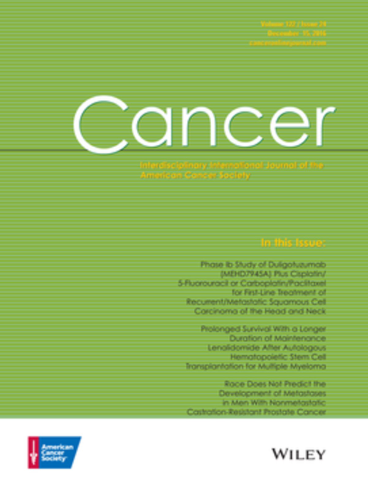Preoperative intensity-modulated radiation therapy in lower extremity soft tissue sarcomas with and without dose avoidance of uninvolved skin/subcutaneous tissue
Abstract
Background
The objective of this study was to evaluate whether dosimetric sparing of uninvolved normal tissues, including skin/subcutaneous flaps, affects acute and late toxicities in preoperative image-guided intensity-modulated radiation therapy (IG-IMRT) for lower extremity soft tissue sarcomas (LE-STS).
Methods
Patients with LE-STS from a phase 2 preoperative IG-IMRT trial (flap-sparing-IMRT, 2005–2009) and a prospectively maintained institutional database (standard-IMRT, 2005–2020) were propensity matched by age, sex, tumor size, grade, location, wound closure, and interval from IG-IMRT to surgery; all received 50 Gy in 25 fractions preoperatively. The primary outcome was major wound complication (MWC). Secondary outcomes were late Radiation Therapy Oncology Group toxicities, functional scores (Toronto Extremity Salvage Score [TESS]; Musculoskeletal Tumor Society scales [MSTS-87 or MSTS-93]), and oncologic outcomes. Kaplan–Meier estimates, cumulative incidence functions, and linear, logistic, and Cox regression were used, as appropriate.
Results
Fifty-five patients who received flap-sparing-IMRT were 1:5 matched to 275 patients who received standard-IMRT (median follow-up, 104 vs. 56 months, respectively). Regression analyses identified no significant association between treatment technique and MWCs (29% vs. 27%; odds ratio, 0.92; p = .77), late grade 2 or greater toxicities: subcutaneous fibrosis (15% vs. 8%), joint stiffness (5% vs. 2%), edema (11% vs. 10%), fracture (2% vs. 4%), or functional outcomes (TESS, 87 vs. 89; MSTS-87, 33 vs. 33; and MSTS-93, 93 vs. 97; all p > .1). Five-year overall survival (83.6% vs. 75.2%), disease-free survival (65.5% vs. 64.1%), local recurrence (5.2% vs. 7.3%), distant metastasis (29.1% vs. 30.1%) were also comparable (p > .1).
Conclusions
Flap-sparing-IMRT with specific avoidance of uninvolved skin/subcutaneous tissues demonstrated minimal differences in MWCs, late toxicity, and functional and oncologic outcomes compared with standard-IMRT in patients with LE-STS.




 求助内容:
求助内容: 应助结果提醒方式:
应助结果提醒方式:


